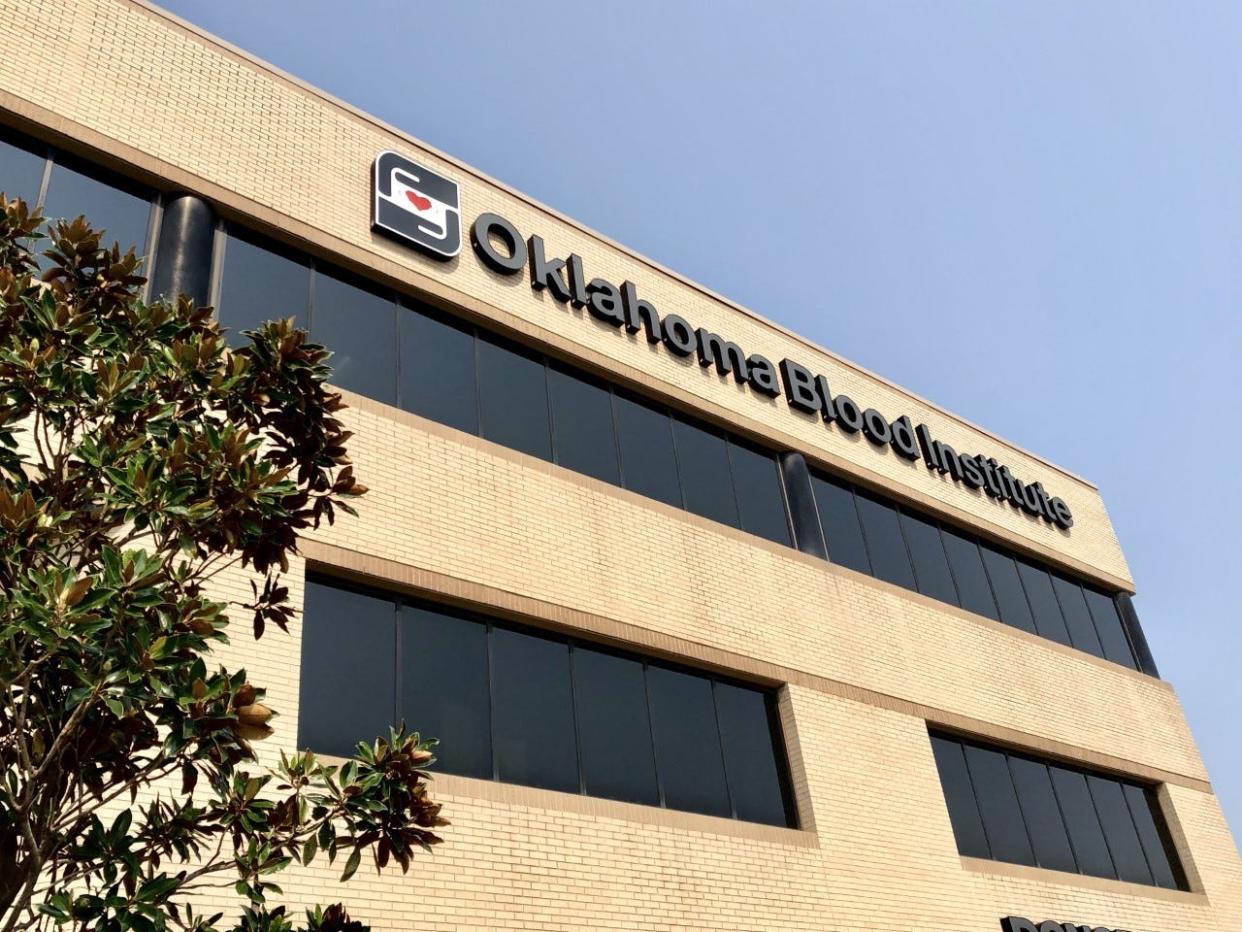Sounding the alarm: Oklahoma's blood supply is faint, and your help is needed

When a person is bleeding out, one of the troubling symptoms is feeling faint. This is part of the brain’s response to inadequate oxygen levels. As everyone knows, lightheadedness is a sensation that commands attention and demands immediate remedies. With very bad hemorrhaging, lack of blood can lead to terrible outcomes, like shock and death.
Mother Nature certainly hates a blood shortage.
A community’s blood supply can mimic this physiology in some ways. There are well-recognized early symptoms of dangerously low levels that require attention. Most of the time, quick interventions can correct the problem. However, if the situation worsens, the health consequences can become dire. These might include rationed transfusions, delayed care and canceled surgeries. Lives can even be put in jeopardy if a transplant patient misses out on a matched organ or a cancer sufferer must delay curative treatments because transfusion support is lacking.
As the physician most responsible for maintaining Oklahoma’s blood supply, it is my responsibility to sound the alarm that we are currently having serious problems keeping enough blood on the shelves to meet demand. To continue the medical analogy, we are teetering at the point of feeling faint to passing out. Many other parts of the country have already hit the floor due to historic collection shortfalls. Their health care reality is now distorted by daily blood allotments limiting deliveries from suppliers and warnings to doctors confirm adequate hospital stocks prior to scheduling surgeries.
The COVID-19 pandemic is the ultimate cause of this current crisis. For the last 22 months, blood centers have faced a stream of challenges and disruptions. Like other businesses, we have confronted supply chain breakdowns, hiring woes, mass employee illnesses, clunky operational workarounds, etc. As nonprofit charities, we have endured the strain of donor fatigue, reduction in drive site access and disengagement of a depressed society.
While the emergence of COVID in March 2020 damaged many of our traditional recruitment practices, the fast spread of the omicron variant has ripped these wounds wide open. On our key performance graphs, what were once bad, declining trendlines have telescoped down to cliff-like drop offs. The runway for correction has collapsed from weeks to mere days.
So, what can we do and do quickly to stabilize our frightening drainage of blood? If you already host a blood drive or give personally, you know from our outreach over the last two years that we urgently need you to step up your commitment to this irreplaceable form of healing and caring. If you are reading this as a non-participant in our lifesaving mission, please take this as a personal plea that you join this noble cause immediately…Please give blood … Run a drive … Recruit a new giver.
Our work is to save lives, and we rely on the generosity of our neighbors for the life-giving gift of blood. Please join our mission today!
Dr. John Armitage is president and CEO of Oklahoma Blood Institute.
This article originally appeared on Oklahoman: Oklahoma institute sounds the alarm over faint supply of blood

